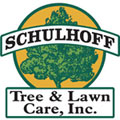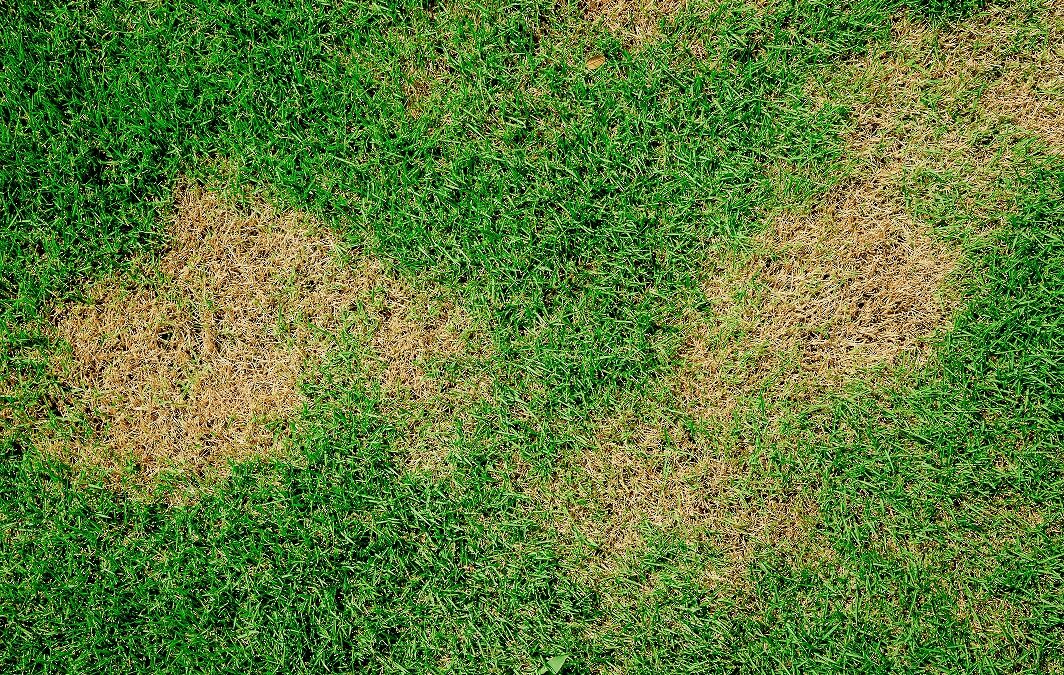As the Colorado weather improves and the chances of snow and ice diminish, homeowners turn their attention to their lawns and landscapes. But the harsh Rocky Mountain winter can take a serious toll on lawns. If yours has grown brown, thin, and sickly, you may be able to revive it by using a technique known as overseeding.
What is overseeding? What should you know to prepare for and care for overseeded lawns? And how can you ensure the best permanent outcome from overseeding? Here’s what you need to know.
What Is Overseeding?
As its name suggests, overseeding is the process of spreading new seed directly onto an existing lawn without clearing it. You place seeds directly into the lawn and let them settle around the existing grass. This provides healthy new stock and greens up the yard. Property owners overseed at different times of the year, but it’s most commonly done in fall or spring depending on conditions and grass species.
Don’t mistake overseeding for reseeding. Overseeding is widespread on the entire lawn whereas reseeding is often done in targeted areas that have died. So, if your lawn is just thinning and can still be brought back to a healthy condition, overseeding can work. Has it already died? Consider reseeding the areas which are no longer viable.
How Do You Prepare for Overseeding?
Overseeding doesn’t mean simply going outside and throwing seeds out into your lawn. It starts with good preparation. Analyze the lawn’s condition to determine if overseeding is the most appropriate form of lawn refreshment or if you should actually reseed it. A careful analysis also offers a chance to fix any specific issues that contribute to poor lawn health.
Then, many lawn experts recommend loosening the soil by hand and aerating it to open up compacted soil. This helps provide more space for new seeds to grow and allows more oxygen, sunlight, and water to reach them. You’ll give the new seeds their best start in life.
What Steps Should You Take Afterward?
How do you care for your overseeded lawn? In many ways, take similar care as you would with a brand-new lawn. Help keep seeds moist through frequent, short rounds of irrigation. This allows them to take hold and reduces the chances of seeds being washed or blown away.
Your landscape service may further suggest you follow up with fertilizing the lawn to boost the necessary nutrients for the seeds. Give the lawn a break from foot traffic, vehicle traffic, and pet play. And keep a close eye on the new seeds’ growth to identify when they have reached the same height as existing grass. Then, resume a regular lawn care schedule.
What Common Mistakes Do Homeowners Make?
Overseeding may sound fairly simple, but it does have its own pitfalls. Uneven spread is one of the most common of these. Hand spreading generally results in the most uneven seed spread. Some areas will always be hit too heavily and others won’t get enough to blend in. Keep the spread even by utilizing professional gardening and spreading equipment and best practices.
The type of grass used and the timing of the overseeding also affect how well it takes root. Some grasses don’t take to overseeding as well as others do. You may also need to overseed at different times of the year based on dormancy. Get to know your grass to avoid these mistakes.
How Can You Improve Overseeding?
Your lawn might recover this year through overseeding, but it will continue to face Colorado weather, heavy use, wildlife, and common pests in the area. So how can you use this overseeding session to help prevent future problems in your lawn before they even begin?
Before overseeding, assess the root causes of any deficiencies in your lawn’s environment. While thinning or lackluster grass happens even under normal conditions, you can take steps to provide a healthier base for the lawn and increase its survival ability. For instance, if snow and ice sit on certain areas of the lawn too much, fix underlying drainage problems to help protect the grass each winter.
In addition, choose your grass species carefully when overseeding. Your first instinct may be to select any grass seed that’s accessible or affordable. Many lawn owners also opt for the same grass that’s already in the lawn. However, if the existing grass isn’t suited to your conditions, it won’t thrive. Get more long-term benefits from updating the choice of grass.
Where Should You Start?
Ready to help your lawn return to its healthy, happy glory days? Start by meeting with Schulhoff Tree & Lawn Care, Inc. We’ve helped Colorado property owners with all their lawn and tree care needs for more than 80 years. Call today to learn how we can help you get your lawn ready for the return of summer fun.

